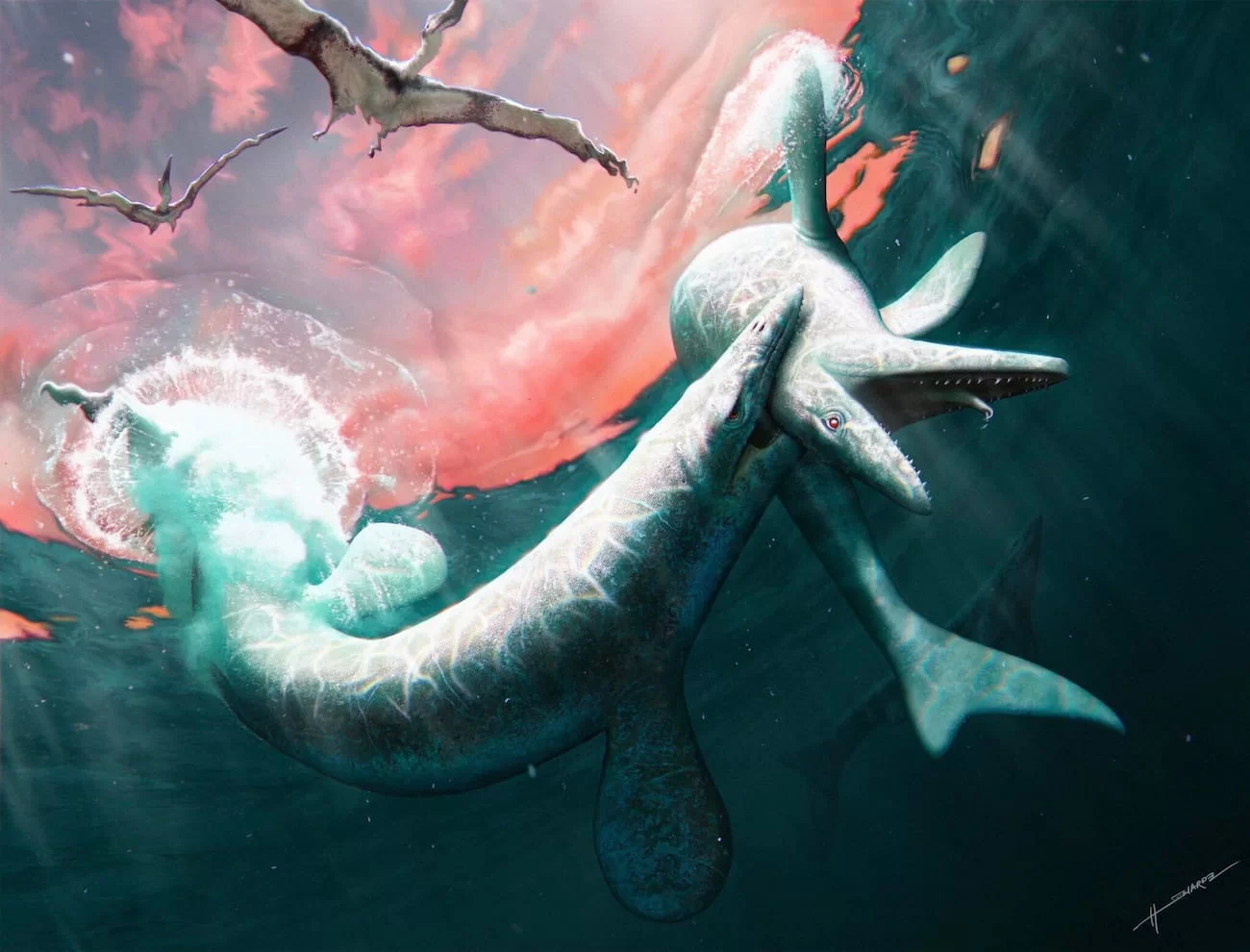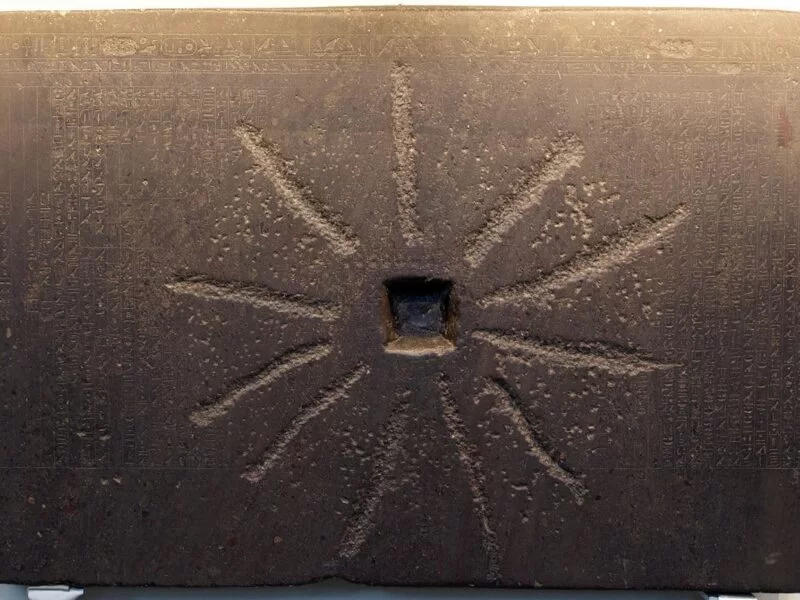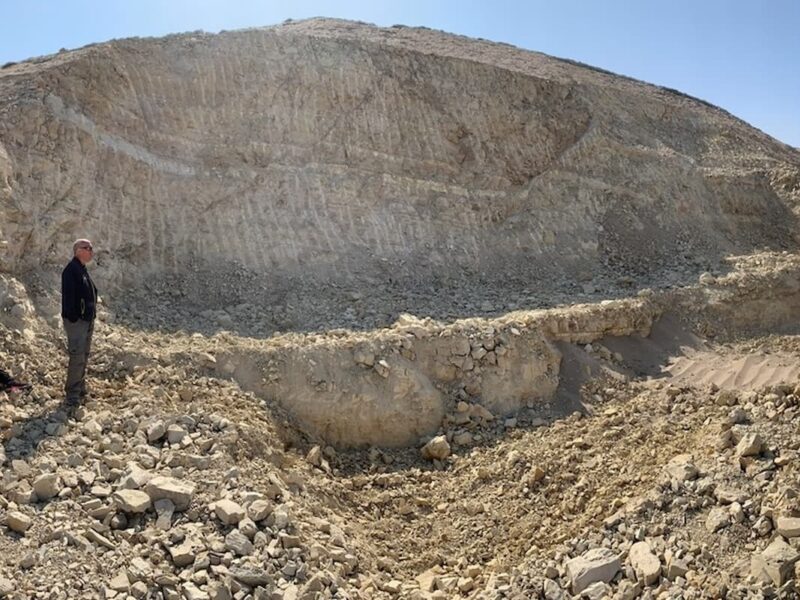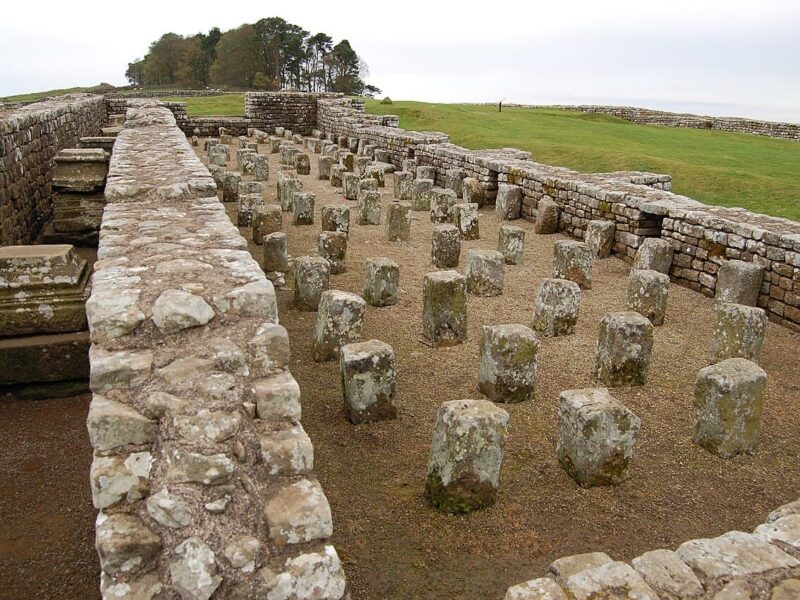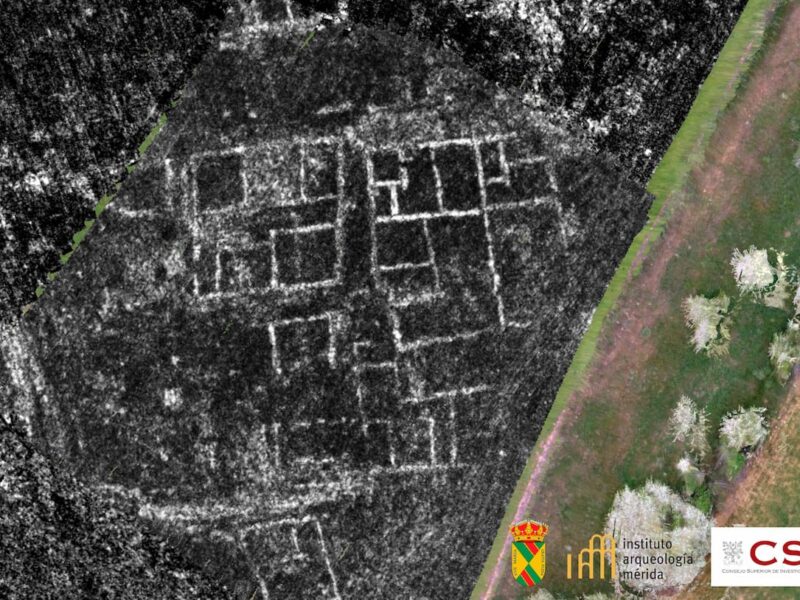Recently, a team of paleontologists made an exciting discovery while excavating a fossil site in northeastern North Dakota. Among the rocks and sediments, they uncovered an incredibly well-preserved skeleton that included a nearly complete skull, jaws, neck vertebrae, and several backbones.
After a careful examination, the researchers determined that the partial skeleton belonged to an unknown species of giant marine reptile called a mosasaur. Mosasaurs were large, carnivorous lizards that lived approximately 65 to 66 million years ago during the late Cretaceous period and thrived in oceans around the world.
The lead researcher, Amelia Zietlow, is a graduate student at the American Museum of Natural History in New York who specializes in studying ancient animal life. She noted that the skeleton exhibited a mosaic of physical attributes seen in two previously identified mosasaur genera.
It possessed skull features matching the smaller and more primitive Clidastes genus but also had tail characteristics similar to the much larger and more advanced Mosasaurus genus, which grew to lengths over 15 meters.
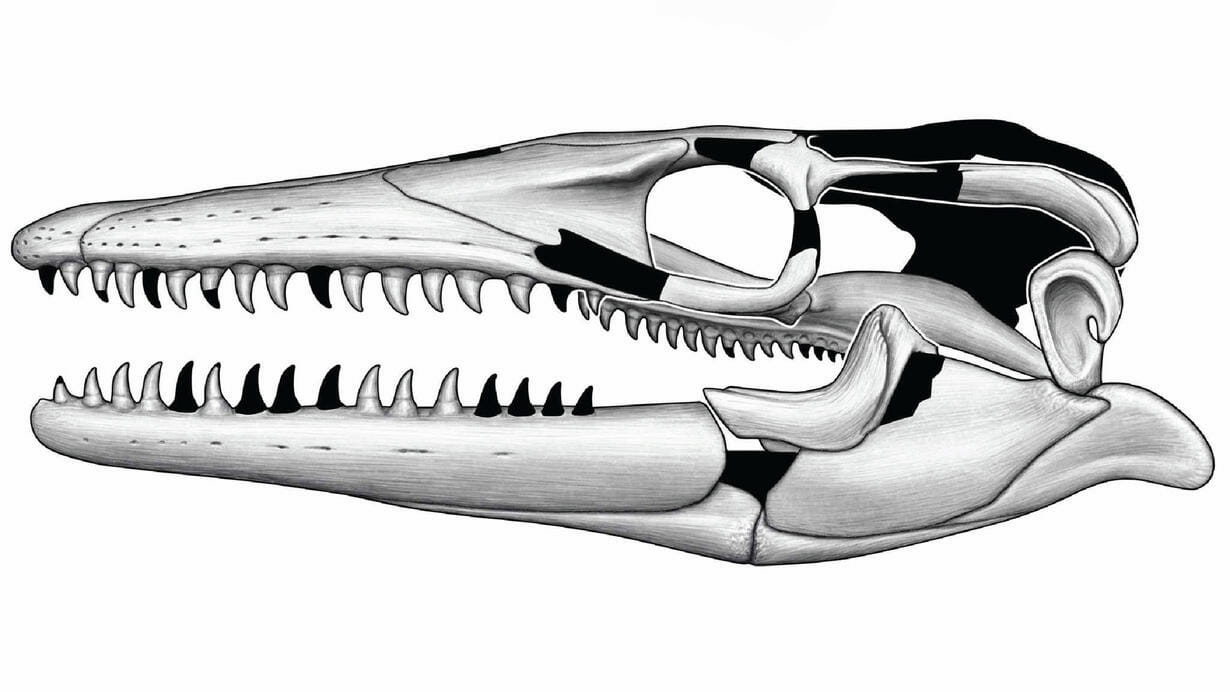
Based on estimates of its size at around 6 meters long, Zietlow and her colleagues concluded they had discovered a new transitional species with a blend of attributes that bridged the evolutionary gap between the smaller and larger mosasaur types.
After conducting extensive examinations of the fossil through CT scanning and digital modeling, the team published a formal description of their new find. They proposed naming it Jormungandr walhallaensis in recognition of both its place of discovery near the small town of Walhalla, North Dakota, as well as to honor the sea serpent Jormungandr from Norse mythology which inspired its name.
This unique specimen adds another important data point that helps illuminate how mosasaurs evolved over time from earlier small marine forms into massive apex predators capable of living solely in the oceans worldwide during the Late Cretaceous period approximately 80 million years ago.
As more pieces are filled in to build out the big picture of mosasaur diversity across geography and deep time, scientists can gain deeper perspectives into what drove the adaptive transformations of these fascinating ancient marine reptiles that shared prehistoric seas with mighty dinosaurs until an asteroid strike changed life on Earth forever.
Exciting new discoveries like Jormungandr walhallaensis ensure paleontologists continue making strides in understanding elusive details of extinct ecosystems and evolutionary histories.
Sources
American Museum of Natural History | Zietlow, Amelia R. et al., Jormungandr walhallaensis : a new mosasaurine (Squamata: Mosasauroidea) from the Pierre Shale Formation (Pembina Member: Middle Campanian) of North Dakota, Bulletin of the American Museum of Natural History (2023). digitallibrary.amnh.org/items/f9-8d1d-0d4ab6aaedfb
Discover more from LBV Magazine English Edition
Subscribe to get the latest posts sent to your email.

